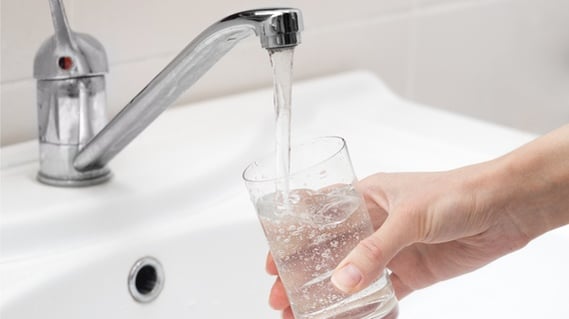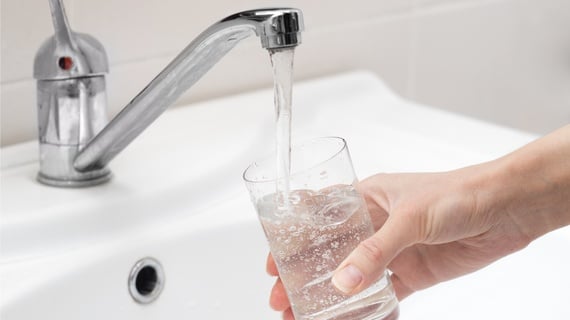
A thermostatic mixing valve (TMV) is a protective device used to achieve safe hot water temperatures. They are usually placed at the outlet of a water system, for example near a bath outlet where people are especially susceptible to scalding.
According to the National Burn Care Review, there are 250,000 burn injuries in the UK each year, of which a vast majority occur as a result of scalding. The government recognises these risks, and has made it mandatory that new buildings with baths are fitted with TMVs.
As with all components within a water system, TMVs must be carefully installed and monitored, and not doing so could result in further complications. There’s a distinction between the type of valves that are fitted in household and healthcare settings and the way they are regulated, as demonstrated in the table below.
|
TMV2 |
TMV3 |
|
|
Environment |
Domestic |
Healthcare |
|
Regulatory standards |
BS EN 1111, BS EN 1287 |
NHS D08 |
|
Min and max pressures |
0.1 bar - 5 bar |
0.2 bar - 10 bar |
TMV2 valves are sufficient for domestic and household environments only. In comparison, TMV3s offer a higher level of protection across a wider range of pressures and are typically found in hospitals and healthcare settings.
There is a danger of complications arising if the valves are not installed or maintained in the right way. One possible issue is legionella contamination, the risk of which increases when TMVs are incorrectly placed or insufficiently serviced.
The HSE offers extensive technical guidance on how TMVs should be used in water systems, and the publication HSG274 Part 2 offers plenty of advice on how to control legionella risks associated with their installation.
The valves themselves must adhere to separate regulations. Since TMV3s are used in healthcare settings where people are more vulnerable, the valves must abide by regulatory standards set by the NHS. There are also accreditation programmes, such as the Buildcert TMV2 and TMV3 schemes, that assess that the valves are being used safely and help organisations comply with regulations.
Learn more about TMVs and what the regulations say about how they should be installed, monitored and maintained without encouraging legionella bacteria by downloading our free checklist.







